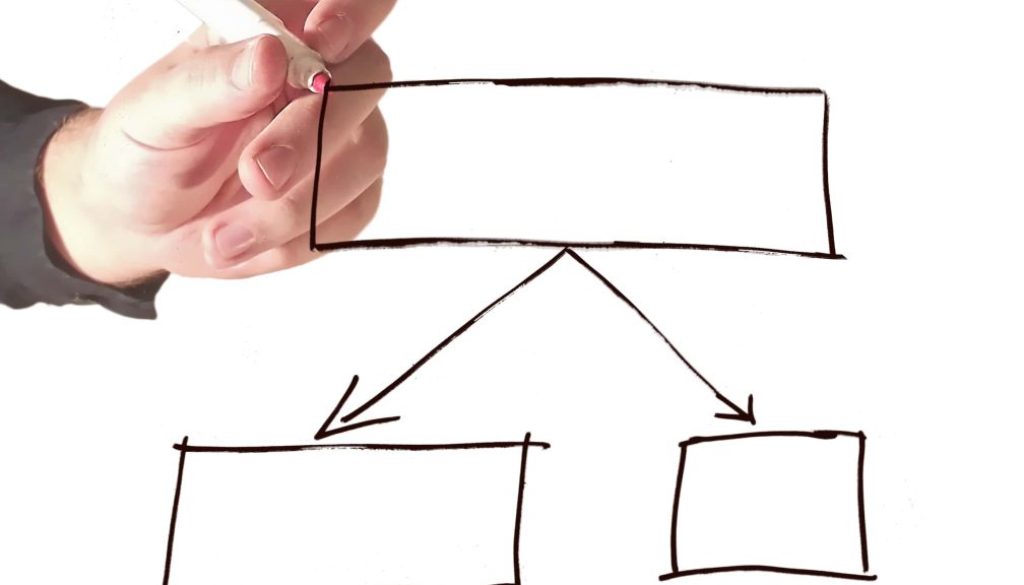As a procurement professional, you want to develop processes based on strategic sourcing and ensure proper supplier evaluation and selection. Many CPO’s don’t realize that a reverse auction strategy can play an important role in overall procurement strategy, allowing for access to a larger supplier base, more opportunities for cost savings, reduced cycle times, and improved relationships with suppliers, just to name a few. Every company will characterize value differently, but most define success as reducing costs, saving time, and building a robust and sustainable supply chain that supports growth.
So then, what is reverse auction bidding, and how can it help you achieve your business goals? The approach you take can help ensure you receive the highest quality products for the lowest relative price. You can hedge against supply chain disruptions to ensure continuity when selecting among vendors or suppliers.
Read on to learn how your reverse auction bidding strategy can help save you the money and time needed to achieve your business goals ultimately.
The Right Software for Reverse Auction Success
eSourcing and eAuction software remove the heavy lifting and potential human error inherent in Excel spreadsheets. Your reverse auction bidding strategy is only as good as your ability to utilize the software. Before starting the reverse bidding process
Your eAuction software should have these features:
- Cloud-based software
- Compatible with Excel
- Multi-round capabilities
- Multilingual
- Global time zone
- Multi-currency capabilities
- Start price and bid decrements
- Halt and extension options
Your reverse auction strategy includes multiple layers from human to software components like any modern business strategy.
Always Be Fair in Your Reverse Auction Strategy
Depending on the type of auction you run, you might not share the final bid and award with anyone other than the winning bidder. However, word can get around among suppliers. Therefore, while you want to do what is immediately financially in your best interest, it is important to be as fair as possible not to burn bridges for future bids.
As you might with your employees or stakeholders, always aim to be fair and transparent when conducting a reverse auction. Be clear about what elements you are considering.
 Are you only looking at price, or will you consider the bidders’ work history, experience, or other qualifications? Again, including this as part of your reverse auction strategy sets you up for future success. Like managing a team of employees, word will spread about running a reverse auction improperly, thus turning off potential partners.
Are you only looking at price, or will you consider the bidders’ work history, experience, or other qualifications? Again, including this as part of your reverse auction strategy sets you up for future success. Like managing a team of employees, word will spread about running a reverse auction improperly, thus turning off potential partners.
Ensure It’s the Right Good or Service
Reverse auction strategies are a must-have in procurement—in most cases. Buyers should carefully outline the requirements for success. Consider implementing a pre-bid phase. This will weed out insufficient or non-qualified bids for the buyer. Still, it allows the supplier to acquire the information needed to submit a successful bid, thus leveling the playing field for buyers and sellers.
Reverse auctions may be your go-to if you work in the military and government sectors or a highly-regulated and visible industry.
Reverse auction strategies work best with:
- Raw materials
- Components
- Processed goods
- Capital equipment
- Categories where you have at least two qualified suppliers
- Short-term contracts
This type of auction is quick and to-the-point—thus, no one wastes their time. Timelines are defined, products and services are known, and there is a clear winner.
Reverse Auction Types
What is a reverse auction bid? As a refresher, below are the various reverse auction types.
Ranked Reverse Auction – works for most industries. However, the lowest bid does not always win, and only the winning bidder knows the price in the end.
Japanese Reverse Auction – Buyers place an opening bid for the suppliers. Suppliers can choose to bid based on the opening bid. Then, the suppliers can accept or reject as the buyer lowers the price. The winner is the last bidder left.
Dutch Reverse Auctions – Buyers list the services or products needed and the price they’re willing to pay. Suppliers either agree or not. Although buyers might choose one supplier, they may select several suppliers to meet different needs.
English Reverse Auction – This is the most transparent of all. It is a good option when the price is of utmost importance. All suppliers see the leading bids and have equal chances of winning the auction if the buyer’s price and quality are acceptable.
Contact Simfoni eSourcing today to kick off your reverse auction strategy with intelligent eAuction software.

